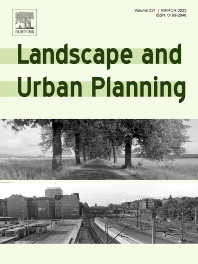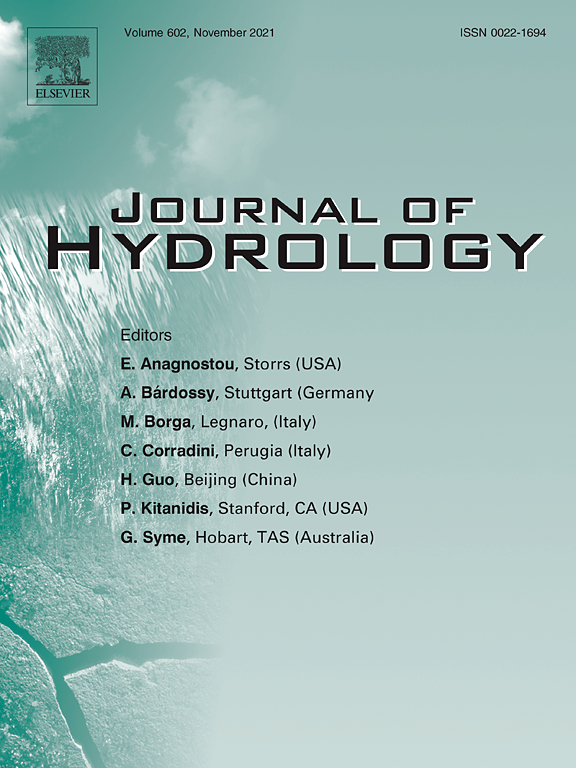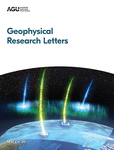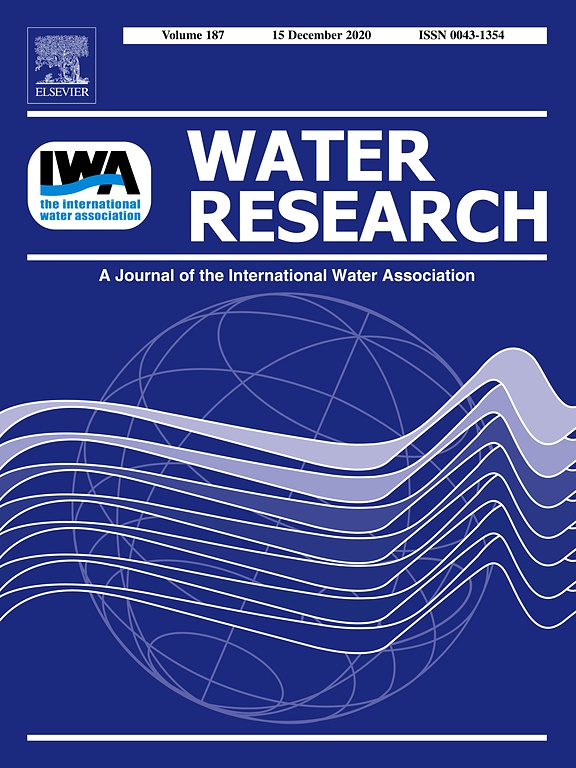- Department:(Dept. 1) Ecohydrology and Biogeochemistry
Mixing dynamics at river confluences governed by intermodal behaviour
The authors introduce a theory for confluence mixing dynamics of shallow flows, in which the mixing process is controlled by two modes: one similar to a wake behind an obstacle and the other similar to a mixing layer between two parallel flows. The findings, supported by field-based experiments, provide insight into different modalities of flow structure controlling mixing at river confluences.
Using stable water isotopes to understand ecohydrological partitioning under contrasting land uses in a drought-sensitive rural, lowland catchment
To analyse the influence of vegetation on water partitioning under land management strategies, the authors used stable water isotopes with contrasting land covers and soil types in the Demnitzer Millcreek. The study underlined the need for long-term observations of land use changes and drought-sensitive vegetation to evolve a drought resilient land management considering time lags.
Dynamics in impervious urban and non-urban areas and their effects on run-off, nutrient emissions, and macroinvertebrate communities
About 20 % of the newly sealed area is not in urban areas, but in rural areas, according to the model calculations of this study. Calculations of nutrient fluxes into water bodies have not taken these new sealings in rural areas into account, because these are often based on land use maps and consider urban areas. As a result, the nutrient loads of water bodies are systematically underestimated.
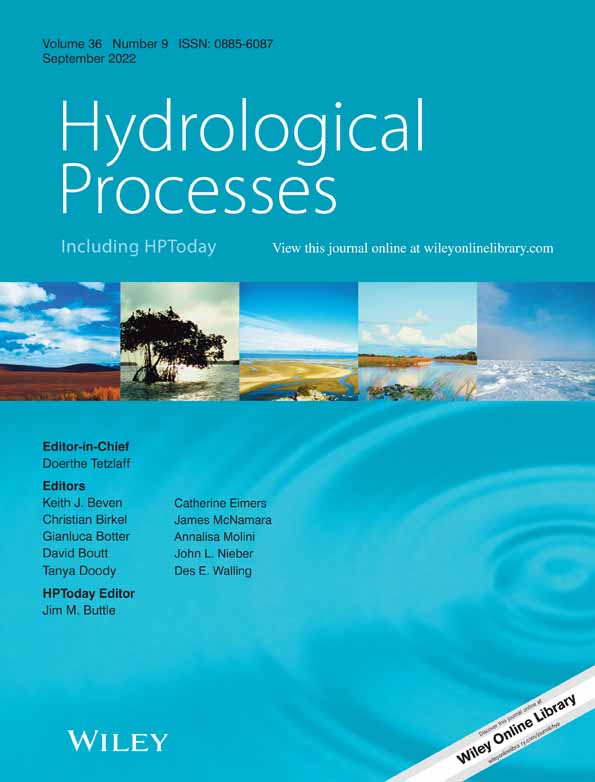
Water cycling and partitioning through the soil–plant–atmosphere continuum in a subtropical, urban woodland inferred by water stable isotopes
The authors conducted a sampling campaign of water isotopes, combined with climatic and hydrometric data across an evergreen broad-leaved woodland, to assess event-based changes in water cycling and partitioning. Quantifying the transfer of water in the soil-plant-atmosphere continuum improved the understanding of water cycling and partitioning in an urban woodland in a monsoon humid region.
Towards the outwelling hypothesis in a Patagonian estuary: first support from lipid markers and bacterial communities
Fatty acid markers, stable isotopes of C and N, and bacterial communities were investigated in a mesotidal estuary of the Patagonia to assess the Odum’s outwelling hypothesis. Rhodobacterales were likely early colonizers of the outwelled organic matter and the exportation of nutrients and organisms and their essential fatty acids from the wetland was inferred, supporting the findings of Odum.
Evaluating satellite-derived soil moisture data for improving the internal consistency of process-based ecohydrological modelling
The authors investigated whether satellite-derived soil moisture products of high spatio-temporal resolution are useful for calibrating a process-based ecohydrological model. Including soil moisture data for calibration improved process-consistency of the model. At this scale, the temporal dynamics of the satellite-derived data were more helpful for model calibration than the spatial patterns.
The role of boundary mixing for diapycnal oxygen fluxes in a stratified marine system
The research team investigated the vertical oxygen flux through the halocline in the Baltic Sea using high-resolution temperature and oxygen profiles during different seasons. Oxygen transport showed a strong seasonality and was higher in autumn compared to summer and winter. The shoreline regions were responsible for >80% of the total oxygen transport through the halocline.
Formation of vivianite in digested sludge and its controlling factors in municipal wastewater treatment
Phosphorus as scare raw material can be recovered from municipal wastewater treatment as iron phosphate mineral vivianite. Vivianite formation increased with higher iron and lower sulphur content. The study suggests that the use of sulphur-free precipitants for chemical P elimination may enhance vivianite formation. The new insights are also of high relevance for the research on aquatic sediments.
Fate of trace organic compounds in the hyporheic zone: influence of microbial metabolism
The authors investigated the influence of microbial processes on the fate of trace organic compounds in stream sediments. The study demonstrates the usefulness of the fluorescent tracer system resazurin-resorufin for determining microbial metabolism and disentangling specific reactive properties and ultimately their influence on the fate of contaminants in natural hyporheic zones.

Spatial and temporal dynamics of water isotopes in the riverine-marine mixing zone along the German Baltic Sea coast
The spatial and temporal variability of stable water isotopes were investigated in the Schlei and in the Baltic Sea boddens. The data improve the understanding of hydrological processes behind those dynamics. Further they will be a helpful contribution to multiple IGB projects, e.g. in context of migration studies of pike and analysis of biochemical processes in macrophytes




